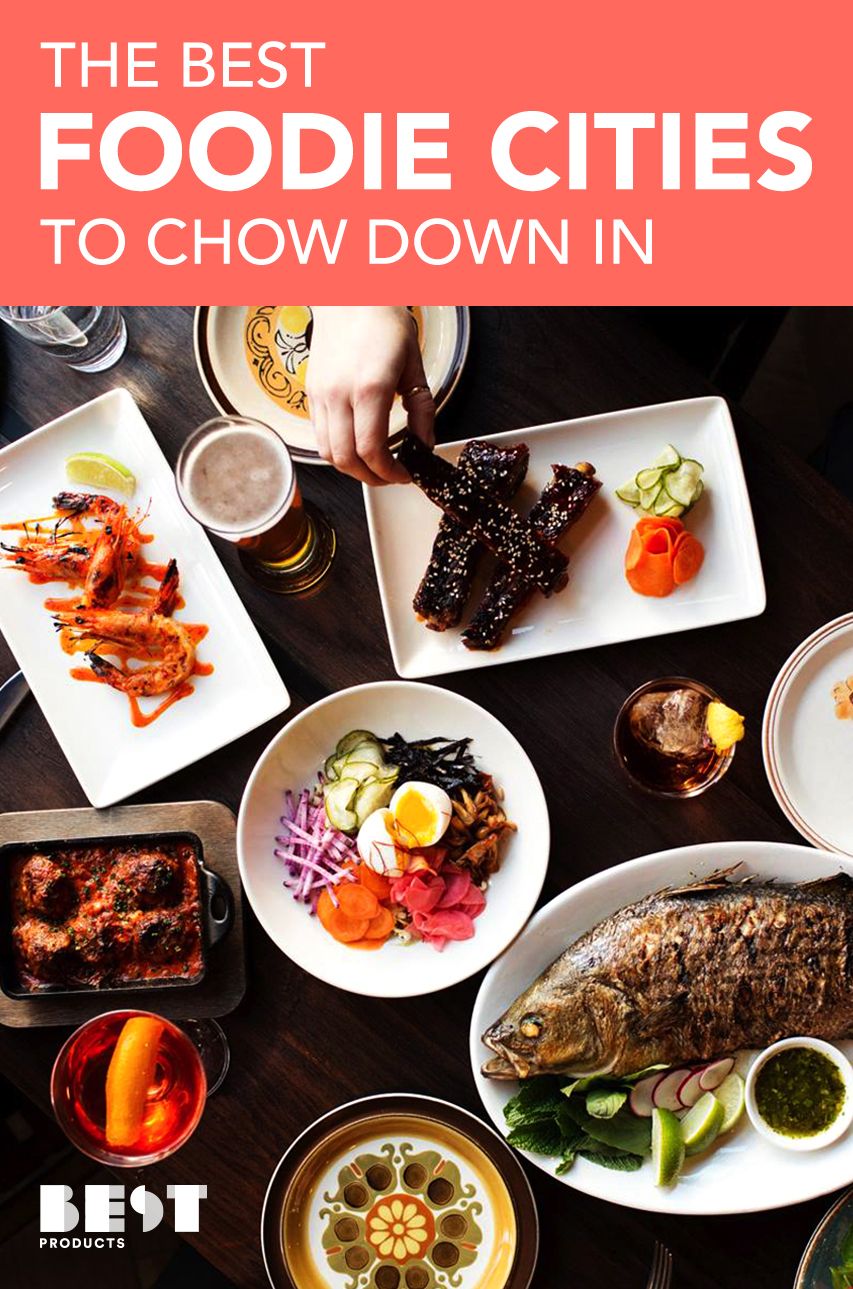
In selecting Local Foods, Local Places partner communities, special consideration is given to communities in the early stages of developing local food enterprises and creating economically vibrant communities. Developing community gardens in walkable, transit-accessible places.
 Exploring ways to use Opportunity Zones in the context of local food system development and downtown revitalization. Helping schoolchildren to grow their own food, and making healthy local food accessible to families, including via SNAP (Supplemental Nutrition Assistance Program) benefits. Making it easier for people to walk or bicycle to farmers markets and local restaurants. Starting business incubators to help entrepreneurs launch food-related businesses on main streets. Creating centrally located community kitchens or food hubs to aggregate and market local foods. Planning cooperative grocery stores and other food access options to help revitalize small-town main streets. Opening year-round, downtown markets featuring foods from local farmers. Through Local Foods, Local Places, partner communities have worked on projects such as: Local Foods, Local Places supports locally led, community-driven efforts to protect air and water quality, preserve open space and farmland, boost economic opportunities for local farmers and businesses, improve access to healthy local food, and promote childhood wellness. Department of Agriculture (USDA) and EPA. In 2021, the program is sponsored by the U.S. Local Foods, Local Places helps cities and towns across the country protect the environment and human health by engaging with local partners to reinvest in existing neighborhoods as they develop local food systems. Helping to reduce the vacancy rate from 40 percent
Exploring ways to use Opportunity Zones in the context of local food system development and downtown revitalization. Helping schoolchildren to grow their own food, and making healthy local food accessible to families, including via SNAP (Supplemental Nutrition Assistance Program) benefits. Making it easier for people to walk or bicycle to farmers markets and local restaurants. Starting business incubators to help entrepreneurs launch food-related businesses on main streets. Creating centrally located community kitchens or food hubs to aggregate and market local foods. Planning cooperative grocery stores and other food access options to help revitalize small-town main streets. Opening year-round, downtown markets featuring foods from local farmers. Through Local Foods, Local Places, partner communities have worked on projects such as: Local Foods, Local Places supports locally led, community-driven efforts to protect air and water quality, preserve open space and farmland, boost economic opportunities for local farmers and businesses, improve access to healthy local food, and promote childhood wellness. Department of Agriculture (USDA) and EPA. In 2021, the program is sponsored by the U.S. Local Foods, Local Places helps cities and towns across the country protect the environment and human health by engaging with local partners to reinvest in existing neighborhoods as they develop local food systems. Helping to reduce the vacancy rate from 40 percent 
Used local foods to revitalize their downtown, See how community members in Corbin, Kentucky,






 0 kommentar(er)
0 kommentar(er)
